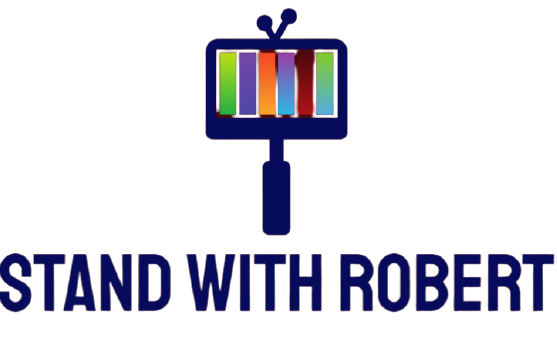Radio Frequency Identification, or RFID for short, is a game-changer in the modern business world. Think of it like a super-smart barcode that doesn’t need scanning!
It’s like giving your business operations a turbo boost, making everything from getting into the building to tracking inventory a breeze. No more fiddling with barcodes or magnetic stripes; RFID is all about quick, accurate, and efficient handling of everything that keeps a business ticking.
While the advantages of RFID ISO7816 card dispenser reader are evident in larger corporations, small businesses often grapple with the decision of whether to invest in such technology.
So, today let’s delve into the initial investment required, ongoing operational costs, and the tangible and intangible benefits that RFID systems can bring to a small business.
Cost Analysis of RFID Card Dispensers
Implementing RFID cards can be quite costly for a small business. The costs can come from several sources. So, we need to do an intimate cost analysis to make an informed decision.
RFID Tags
Basic passive RFID tags used for inventory management or product verification can cost as low as $0.10 to $0.20 per tag, with the potential for lower prices in bulk purchases. Specialized tags designed for specific use cases will cost more due to additional engineering or components required.
Readers and Other Equipment
The cost of RFID readers varies greatly based on form factor (mobile vs. fixed), frequency, read range, and functionality.
For example, an Impinj Speedway reader in a manufacturing setting could cost around $1,500, with total system costs including additional readers and cabling reaching up to $3,000 per reader. Additional equipment like antennas and server infrastructure also contribute to the initial investment.
Software Integration
The complexity and specialization of the software drive its cost. Basic tag reading software might be open-source, whereas integrated RFID to ERP applications could cost hundreds of thousands of dollars to maintain. Many active RFID systems use a cloud SaaS model, where software costs are bundled with other system parts.
After the initial investment, employees need to be trained on the RFID systems. The training too can cost you a few bucks. Then, we need to take into account, the ongoing (maintenance, tech support, software update, etc.) costs of implementing RFID card dispensers.
So, the total cost of ownership must be calculated after you have a clear picture of all these costs.
Benefit Analysis
Implementing RFID card dispensers in small businesses offers substantial benefits, including enhanced efficiency and time savings due to their ability to perform multiple scans simultaneously, and improved security with encrypted digital data.
These systems facilitate effective asset management and provide real-time data, aiding in informed decision-making and cost control. Additionally, RFID technology enhances customer experience through personalized loyalty programs, offering tailored discounts and shopping suggestions.
The scalable nature of RFID makes it a versatile, long-term solution for growing business needs, ensuring adaptability to various operational requirements as businesses expand.
When Does it Make Sense?
The size of the business and the volume of assets to be tracked are crucial. Smaller businesses with fewer assets may find the costs outweigh the benefits.
Different industries have varying requirements for asset tracking and security. Retail might benefit more from customer management, whereas manufacturing might prioritize asset tracking.
Final Words
In conclusion, we can say that implementing RFID card dispensers should be the ideal scenario for most businesses. However, the cost savings may not be clear due to the upfront investment in equipment, installation, and training.
Although the benefits of enhanced efficiency, reduced errors, improved asset management, and increased productivity can lead to significant cost savings and ROI over time!








